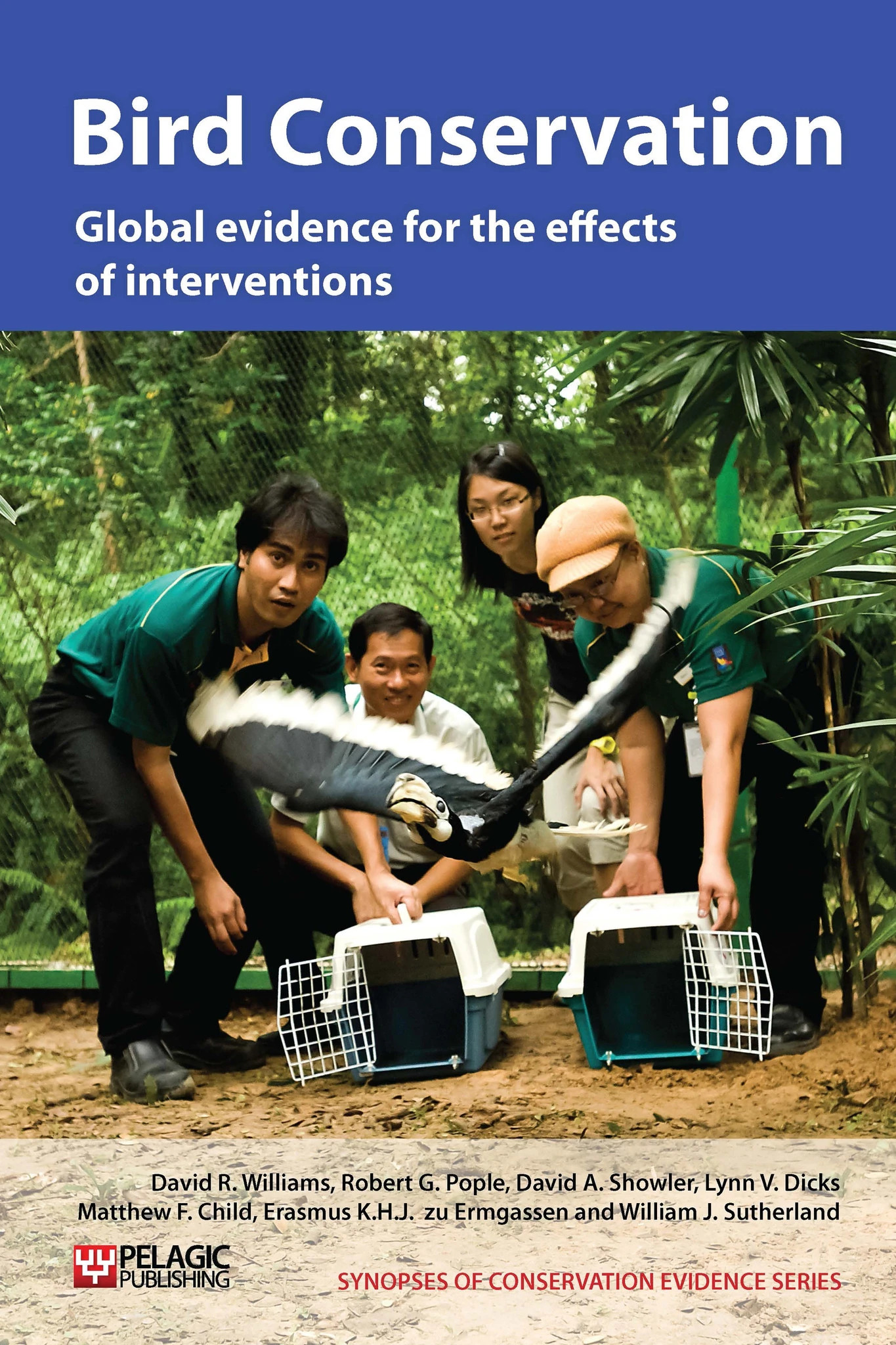Use prescribed burning on Australian sclerophyll forest
-
Overall effectiveness category Unknown effectiveness (limited evidence)
-
Number of studies: 3
View assessment score
Hide assessment score
How is the evidence assessed?
-
Effectiveness
30% -
Certainty
31% -
Harms
30%
Study locations
Supporting evidence from individual studies
A before-and-after study at Treen Brook State Forest, Western Australia, Australia (Wooller & Brooker 1980), in 1978-1979 found no significant effect on overall bird abundance of understorey burning of karri Eucalyptus diversicolor forest, but two species (of low conservation concern) present prior to the burn were absent afterwards and five species not caught pre-burn were captured post-burn. Capture data from pre-burn (May 1978; 31 net-days) and post-burn (May 1979; 37 net-days) mist-netting was used to monitor birds. In May 1979, 83 individuals of 15 species were captured, comparable to the 66 individuals of 12 species caught in May 1978 (allowing for difference in catch effort).
Study and other actions testedA replicated study in 1999 in 36 sclerophyll forest sites in southeast Queensland, Australia (Smyth et al. 2002), at found that two of the eleven hollow-nesting species analysed (brown treecreeper Climacteris picumnus, little lorikeet Climacteris picumnus) were positively associated with more frequent prescribed burning. No species were negatively associated with more frequent prescribed burning.
Study and other actions testedA randomised, controlled study in January-March 2001 in eucalypt and riparian woodland at three sites along seasonally dry watercourses in northeast Queensland, Australia (Valentine et al. 2007), found no significant differences in overall bird species richness between 10 ha plots burned during the dry season (August 2000), the wet season (December 1999) or unburned plots. Two species were more abundant in the dry season burned compared to unburned sites, while one was more abundant in the dry season burned areas than under other treatments and two species were less abundant after burns. Two other species’ responses varied depending on which forest type they were in. Follow-up surveys in 2004 found no differences in species richness between fire treatments.
Study and other actions tested
Where has this evidence come from?
List of journals searched by synopsis
All the journals searched for all synopses
This Action forms part of the Action Synopsis:
Bird Conservation
Bird Conservation - Published 2013
Bird Synopsis





)_2023.JPG)














